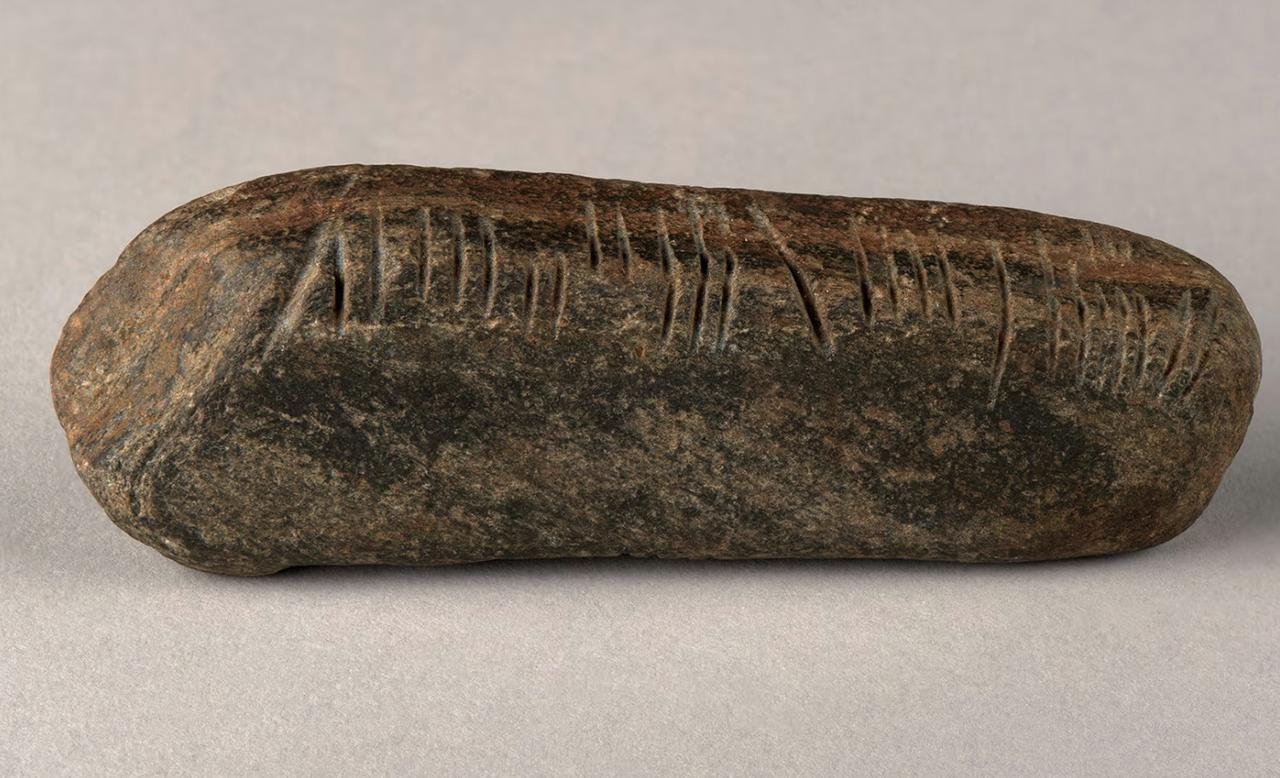A geography teacher, Graham Senior, stumbled across a rock with mysterious incisions while tidying his overgrown garden in Coventry. The rectangular sandstone rock, measuring 11 centimeters in length and weighing 139 grams, bore mysterious inscriptions that hinted at a history dating back more than 1,600 years, shrouded in the enigmatic Ogham alphabet.
 Ancient stone found in teacher’s garden. Credit: The Herbert Art Gallery and Museum
Ancient stone found in teacher’s garden. Credit: The Herbert Art Gallery and Museum
Prompted by his discovery, Senior reached out to local archaeologists. Expert analysis revealed that the engravings on the stone were in Ogham, an alphabet predominantly used during the early medieval period for writing in the Irish language. This revelation hinted at a rich historical narrative preceding the widespread adoption of the Latin script.
Teresa Gilmore, an archaeologist and finds liaison officer for Staffordshire and West Midlandssaid: “This is an amazing find. The beauty of the Portable Antiquities Scheme is that people are finding stuff that keeps rewriting our history.”
Further analysis by Katherine Forsyth, a professor of Celtic Studies at the University of Glasgow, delved deeper into the stone’s origins, suggesting a timeframe ranging from the fifth to sixth centuries, with the possibility of an even earlier date in the fourth century.
Examination of the stone suggested that it dated back more than 1,600 years, potentially originating from the fifth to sixth century, or even earlier. The inscription on the stone, “Maldumcail/S/ Lᴀss,” puzzled researchers, with interpretations pointing towards a personal name and a possible location.
Theories regarding the origins of the stone abound, with speculations ranging from migration patterns to the presence of early medieval monasteries in the region.
The artifact was donated to the Herbert Museum and Art Gallery in Coventry, where it will be permanently exhibited from May 11.





